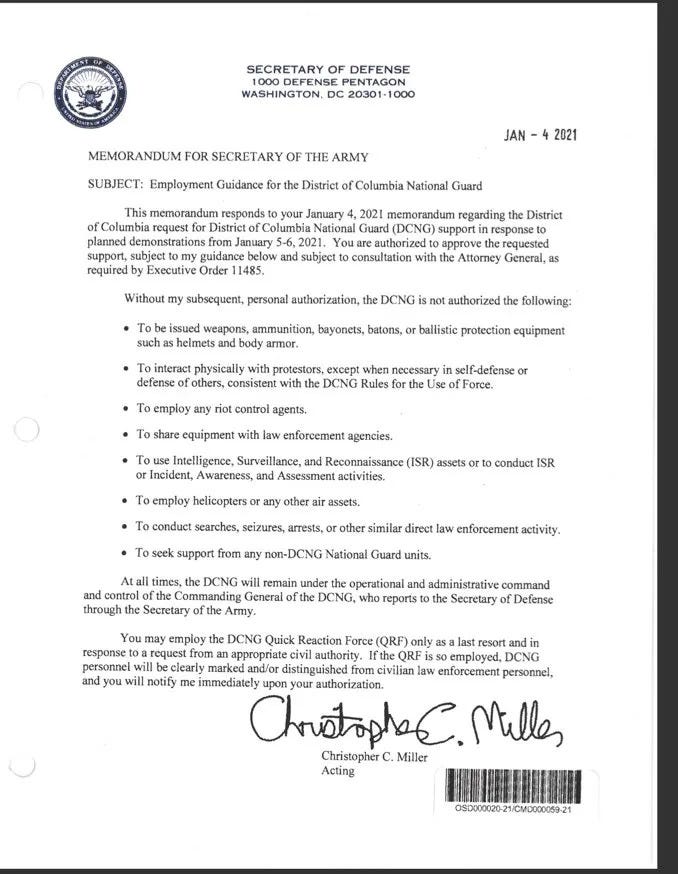2022/12/01

The Los Angeles Lakers' LeBron James celebrates after making a 3- point shot against the Portland Trail Blazers in the first half at Crypto.com Arena on Wednesday, Nov. 30, 2022, in Los Angeles.
- Luis Sinco/Los Angeles Times/TNS
LeBron James expressed disappointment he wasn’t asked about a race-related Jerry Jones controversy after reporters questioned him about Kyrie Irving’s antisemitism scandal.
Jones, the owner of the Dallas Cowboys, appears in a resurfaced 1957 image showing a group of white students blocking Black students from entering an Arkansas high school.
“That Jerry Jones photo is one of those moments that our people, Black people, have been through in America,” James said Wednesday after his Los Angeles Lakers’ game against the Portland Trail Blazers.
“I feel like as a Black man, as a Black athlete, as someone with power and a platform, when we do something wrong or something that people don’t agree with, it’s on every single tabloid, every single news coverage, it’s on the bottom ticker, it’s asked about every single day.”
Jones was 14 when the photo, which The Washington Post published last week, was taken during the integration of North Little Rock High School.
“It seems like, to me, the whole Jerry Jones situation, photo — and I know it was years and years ago, and we all make mistakes ... it’s just been buried under, ‘Oh, it happened. OK, we just move on,’ ” James said Wednesday.
LeBron James expressed disappointment he wasn’t asked about a race-related Jerry Jones controversy after reporters questioned him about Kyrie Irving’s antisemitism scandal.
Jones, the owner of the Dallas Cowboys, appears in a resurfaced 1957 image showing a group of white students blocking Black students from entering an Arkansas high school.
“That Jerry Jones photo is one of those moments that our people, Black people, have been through in America,” James said Wednesday after his Los Angeles Lakers’ game against the Portland Trail Blazers.
“I feel like as a Black man, as a Black athlete, as someone with power and a platform, when we do something wrong or something that people don’t agree with, it’s on every single tabloid, every single news coverage, it’s on the bottom ticker, it’s asked about every single day.”
Jones was 14 when the photo, which The Washington Post published last week, was taken during the integration of North Little Rock High School.
“It seems like, to me, the whole Jerry Jones situation, photo — and I know it was years and years ago, and we all make mistakes ... it’s just been buried under, ‘Oh, it happened. OK, we just move on,’ ” James said Wednesday.

LITTLE ROCK ARK 1957 THE BOY IN FRONT IS NOT JERRY JONES
The 80-year-old Jones described himself as a “curious kid” who didn’t realize the magnitude of the event that day, telling reporters last week, “I’m sure glad that we’re a long way from that.”
James, who played with Irving on the Cleveland Cavaliers, was asked Nov. 5 about Irving sharing a antisemitic documentary on social media.
“Me personally, I don’t condone any hate to any kind, to any race,” James said. “To Jewish communities to Black communities to Asian communities, you guys know where I stand.”
The Brooklyn Nets suspended Irving amid the controversy. Irving, who initially denied promoting antisemitism with his post, has since apologized.
James tweeted he believed Irving should be able to play after apologizing. Irving sat out eight games before returning to the Nets’ lineup on Nov. 20.








 Pedro Portal/El Nuevo Herald/TNS
Pedro Portal/El Nuevo Herald/TNS



